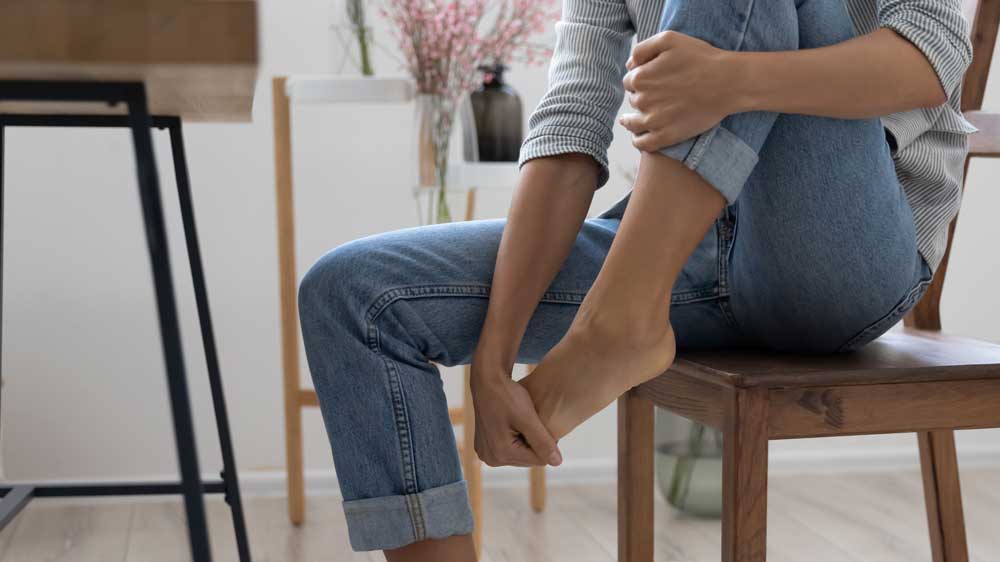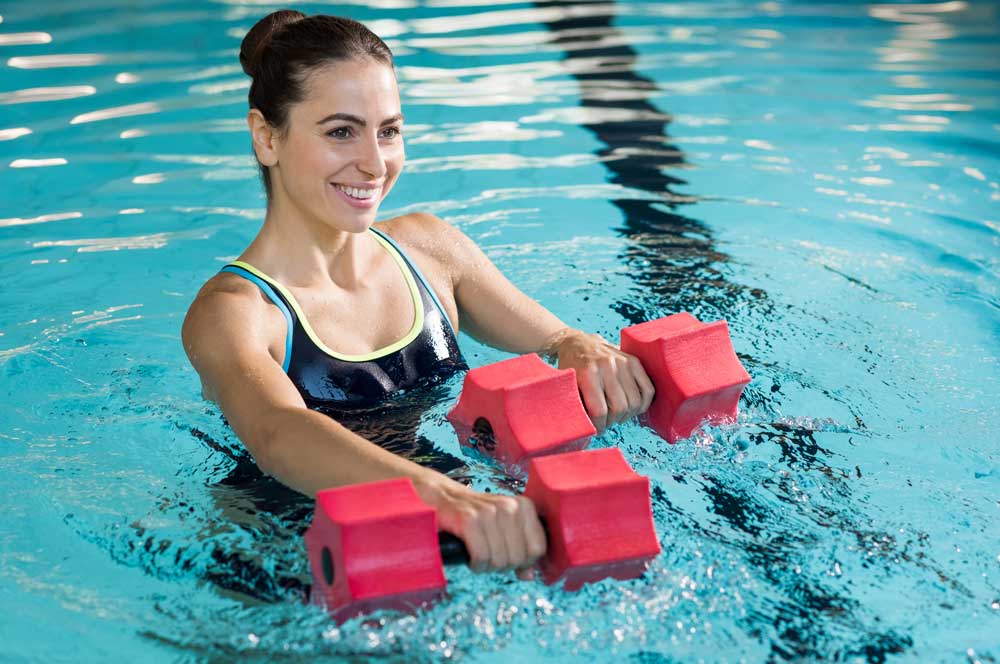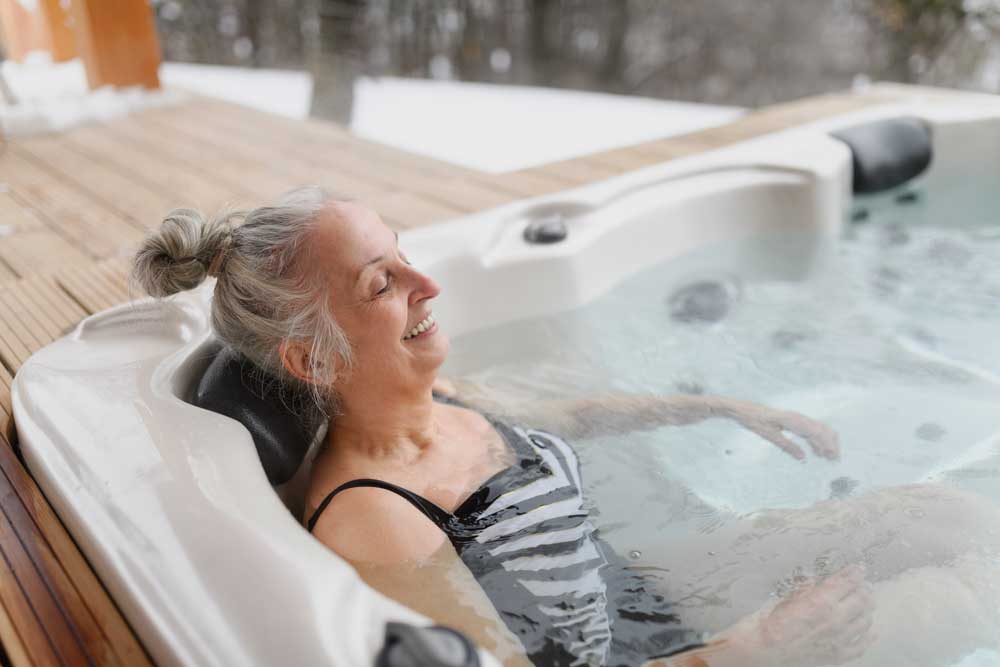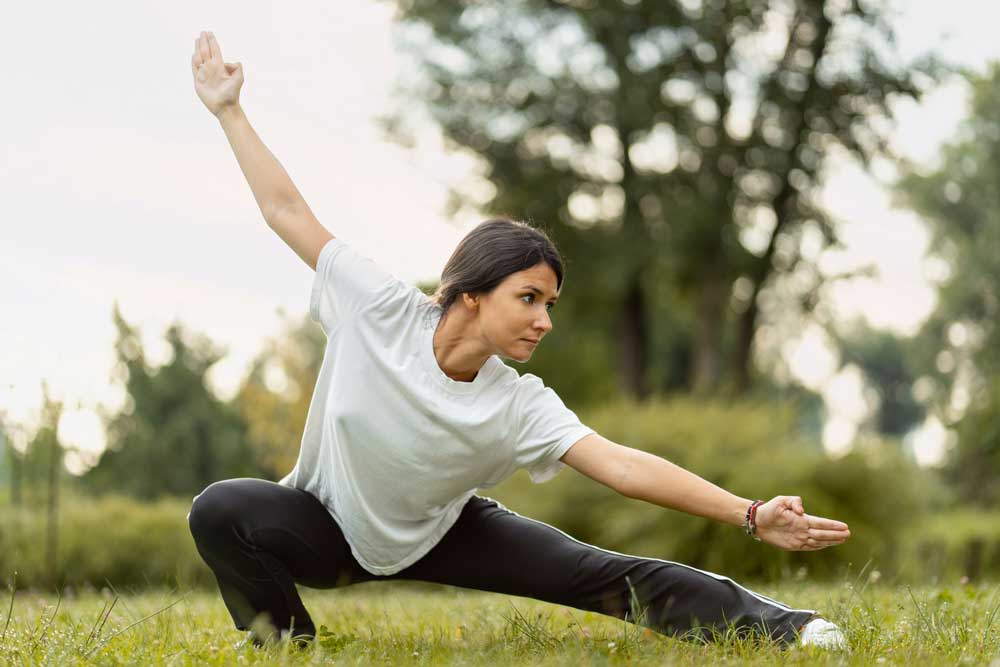Arthritis is a wide range of disorders affecting the muscles, bones, and joints. Since these conditions impact the muscles, bones, and joints, they are more accurately referred to as ‘musculoskeletal conditions.’
In addition to being crucial for managing arthritis, physical activity is necessary to maximise mental and physical well-being. Frequent exercise can help regulate joint pain and swelling, reduce bone loss, and maintain the strength of the muscles surrounding afflicted joints. It relieves stiffness and soreness and lubricates the joint’s cartilage. In overweight people with arthritis, exercise can aid weight loss and its maintenance over time.
Understanding a little about the muscles, bones, and joints that comprise your musculoskeletal system will help you grasp how arthritis and other musculoskeletal disorders function.

A joint is a structure that permits motion where two bones meet. The two bones’ ends are covered in cartilage, a strong cushion that absorbs shock and allows the bones to move easily over one another. A strong capsule containing synovial fluid envelops the joint. This fluid maintains the smooth motion of the cartilage and other joint structures by lubricating them.
Ligaments connect one bone to another, holding the joint together. Tendons connect your muscles to your bones. Your muscles pull on the bones when they contract, causing the joint to move. The proper functioning of the joints, muscles, bones, and surrounding structures is impacted by arthritis and other musculoskeletal disorders. This is determined by the exact nature and severity of the condition.
In one or more joints or muscles, arthritis can result in pain, stiffness, and inflammation. Frequent exercise can increase joint strength and mobility while easing some of the symptoms of arthritis.

People with arthritis can benefit from regular exercise in various ways. Exercise can:
• Facilitate the lubrication and nutrition of joints
• Reduce joint discomfort and stiffness
• Increase muscle strength and flexibility
• Enhance balance
• Help you sleep better
• Straighten your posture
• Maintain or increase bone density
• Enhance your general health and fitness
• Reduce levels of stress
• Enhance your mood and assist in keeping your weight in check
There are different types of exercises available. Your personal preferences, the intensity of your symptoms, and whether you have any other musculoskeletal disorders or health concerns will collectively influence which type is ideal for you. Consult your physician or a healthcare provider such as an exercise physiologist or physiotherapist, if you are unsure which exercises are best for you.
Numerous forms of exercise can simultaneously improve strength, flexibility, and general fitness, such as:
• Swimming or water exercise
• Nordic walking (walking with Nordic poles)
• Tai chi walking
• Chair workouts
• Low-impact aerobics
• Strength training
• Dancing

Water Exercise
Your body is supported while in water, and the resistance from swimming increases muscle strength and endurance. Warm water training is especially beneficial if you have arthritis or another musculoskeletal condition. Water fitness, often known as ‘hydrotherapy,’ entails working out in a heated pool. Several criteria determine which kind of water exercise is best for you, including - the kind of arthritis you have, how it impacts your degree of fitness, your self-assurance in the water, and your individual interests and preferences.
Hydrotherapy: Physiotherapists provide hydrotherapy, a form of exercise therapy, to patients one-on-one or in small groups. Workouts are tailored to your situation, ailment, or condition.
Gentle water exercise: Some fitness or recreation facilities provide programs in mild water exercise that are appropriate for senior citizens or those with medical issues like arthritis. It can also be beneficial to swim laps at your neighbourhood pool.

Starting A Routine Of Aquatic Exercise
The following locations may offer warm water workout classes: retirement communities, fitness facilities, and public swimming pools.
Before selecting a class, here’s a checklist:
• Discuss the class and whether it's right for you with your physician, physiotherapist, or exercise physiologist.
• To find out what kind of warm water lessons are available, get in touch with the different fitness and recreation facilities in your neighbourhood. Request information about the credentials of the instructor.
• Examine the location to determine whether it is a good fit for you. Is it simple to go to the pool? Are the restrooms comfortable and easily accessible? Are you able to visit the location on a frequent basis?
• Make sure the class is suitable for your ability and fitness level before selecting one.
• Prior to enrolling, observe a few classes from the sidelines if you'd like.
• Another choice is to work out independently using the pool facilities and a water workout program created specifically for you by an exercise physiologist or physiotherapist. This could be used in instead of, or in addition to, enrolling in a class.
Pool Safety Measures
Here are some safety tips to follow at the pool:
• Warming up with a gentle swim or a stroll in the water is an excellent idea.
• Follow your instructor's guidelines or the workout plan that has been created for you. If you have any lightheadedness, nausea, or dizziness, get out of the water immediately.
• To prevent yourself from slipping and falling, exercise caution when moving in wet places near the pool, such as the changing rooms.
• Whenever you are working out a specific body part, ensure it is entirely underwater.

Tai Chi
Tai chi is beneficial for people with arthritis and other musculoskeletal disorders. It has the following advantages:
This low-impact exercise that helps relieve joint pain and stiffness, integrates the body and mind, uses gentle, circular movements, is pleasurable, and is suitable for people of all ages and fitness levels. It also encourages proper body posture and balance.
Prior to starting tai chi lessons:
• Consult your physician about tai chi's suitability for you
• General exercise advice and cautions
• Exercise recommendations tailored to your unique circumstances and condition can be obtained from your physician or fitness expert.
Here are some broad recommendations to exercise safely:
• Before beginning a new fitness regimen, consult your physician.
• Ask your surgeon or other healthcare provider what motions you should limit or avoid after having a joint replaced.
• Identify any medical issues that may increase your chances of encountering a health issue while engaging in physical activity. Use pre-exercise screening
which serves as a filter or ‘safety net’ to assist you in determining if the possible advantages of exercise outweigh the risks.
• Avoid exercising on a heated, swollen, or painful joint. Instead, to help with circulation and stiffness reduction, slowly move the joint through its range of motion.
• Over the course of weeks or months, gradually increase the intensity of your exercise program from a low starting point.
• Warm up well before exercise.
• After working out, use slow, gentle movements to cool down.
• Pay attention to proper technique and attempt to move smoothly. A joint should not be forced past its comfortable range of motion.
• Avoid taking on too much at once. Reduce your pace if you are experiencing dyspnoea.
Lower the intensity of your subsequent workout if your joint continues to hurt after an exercise session (for more than two hours).
• You should cease an activity if it hurts you or if it makes your pain worse.
• Hydrate well both during and after physical activity.
• When working out, dress appropriately and wear appropriate footwear.
• Increase incidental activity. For instance, walk rather than drive to local stores.